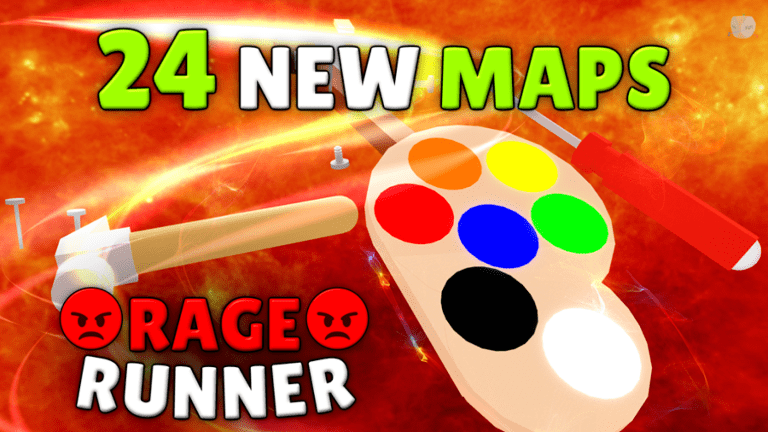
Catching 80% of their bugs
One of the main reasons that Splitting Point integrated GameAnalytics was because of our bug-tracking capabilities through our error reporting dashboard. This was particularly important to the studio as the Roblox platform is extremely fast-paced. They would be updating their game every week, and finish the changes two hours before the deadline.
“We were pumping out updates every week on a Friday – and probably about 80% of the bugs we caught were because we were using GameAnalytics,” Janzen Maden, founder at Splitting Point, explained.

Quite simply, there was no time for quality control. And it was also too complicated with such a small team. Soon, Splitting Point realized that they could find more than just bugs. They could check logical problems in the game design itself by using custom design events.
“With Field Trip Z, there are like 30 different outcomes you can have and it’s just impossible to test all those variations on our own. You have to rely on the data,” Janzen added.
Expanding the reach of their data
Now that Splitting Point had the data they needed, they were able to fix bugs and game design issues with every new update. Then, they could start to explore how else their data could help.
“In another of our games – Wacky Wizards – you create a bunch of different potions, which might turn you into a giant marshmallow or a troll,” Janzen explained. “Now, are players figuring out how to make these potions? Do they drop out before they finish? We could look at all these things in the data and make sure that the players were sticking around.”

This is particularly important on a platform like Roblox. The playerbase is young and are prone to jumping off a game as soon as it starts to bore them. Unlike other platforms, the ease of switching from one game to another makes Roblox players particularly fickle. Using their data, Splitting Point was able to minimize that effect.
Building out difficulty using data
Splitting Point didn’t just use the data to keep their players around – they used it to make better game design decisions, too. Rage Runner is a game where the player races along a speed course. But Splitting Point was having trouble with some of the sections.
“In Rage Runner we have a bunch of prefabricated sections. And we’d track which sections people failed on, which they found easy, and which just nobody got past,” Janzen said. “In the end, we were able to start tagging these sections with different difficulties and balance out our maps.”

Using funnels, Splitting Point was able to see completion fails at particularly difficult points along the track. They could then tag and reshuffle these sections to easily vary the difficulty for players. Did Splitting Point want to add a hard track? Add more of the difficult sections. Easier? Sure thing. It all depended on which prefabricated sections they added to the course. And the only way Splitting Point knew which were needed was through the data they were able to collect.
Dive into your own games
If you’re struggling with fixing bugs or polishing your Roblox game design– make sure to integrate GameAnalytics. Check out our SDKs – we have over 20 available, including one for Roblox.